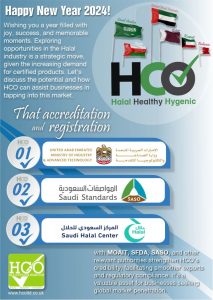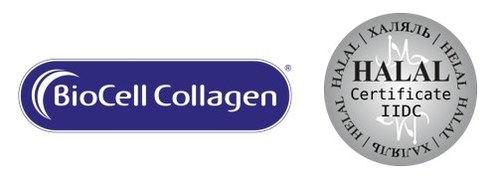By Marton Ven, CMO at TE-FOOD International
To start with, technology can help reaching this goal for trust in the food industry today.
For decades, consumers did not have access to food quality information, or the state of outbreaks and frauds that have already happened. This was the internal matter of food companies, which could damage their corporate reputation so needed to be kept under wraps, and food safety authorities.
Consumers rarely saw news revealing food frauds and outbreaks in the media in the past, which gave them the (false) assumption that lack of information means everything is OK. They assumed the trusted authorities and food companies were prioritizing, and taking care of food safety. Many of them still do believe that traceability from farm to retail is widespread and monitored.
In recent years, the development of better quality inspection methods and new technologies have revealed more contamination cases than had previously been detected. At the same time, emotional headlines in the news, and the ability to share the news quickly through social media, resulted in more and more people noticing food scandals.
Food Traceability is one of the five top trends for food in 2019
Label Insight and the Food Marketing Institute (FMI) asked consumers if they would switch to a brand that provided more in-depth product information, beyond what’s already on the current label?
This information led to the 2018 IFIC Report, which listed food traceability as one of the top five food trends in 2019.
For the consumers, it appeared that the state of food safety was declining each year, causing lack of trust. The consumer demand for more food information grew significantly between 2016 and 2018. Now, three in four are willing to change to a brand which provides more information. This has put a growing pressure on food companies and authorities globally.
The current food industry relies on trust, and now, this trust is waning… According to surveys, 66% of consumers don’t believe the information which is displayed on the food labels.
Food related data can be falsified at these three steps
Blockchain and Internet of Things (IoT)
We need technologies like Blockchain and Internet of Things (IoT) which verify these steps with sensors, cameras, smart labels, machine data from trusted data sources. Immutable, distributed ledger technologies can verify that the information is not corrupted.
IoT is an investment, so adoption will take time. But Blockchain is here, and it can improve supply chain transparency by making each participant accountable for the information they provide. Besides the marketing power through transparency, companies can get deeper insight by using traceability.
Blockchain can also improve traditional data verification methods, like quality inspections, and quality certification compliance. Blockchain based traceability technologies can improve food safety.
Halal Certification
Currently, Halal certification compliance relies on personal audits. A big part is missing: the analysis of constant operational data flows. Food traceability data can fill this gap, and will have an important part in quality certification monitoring.






